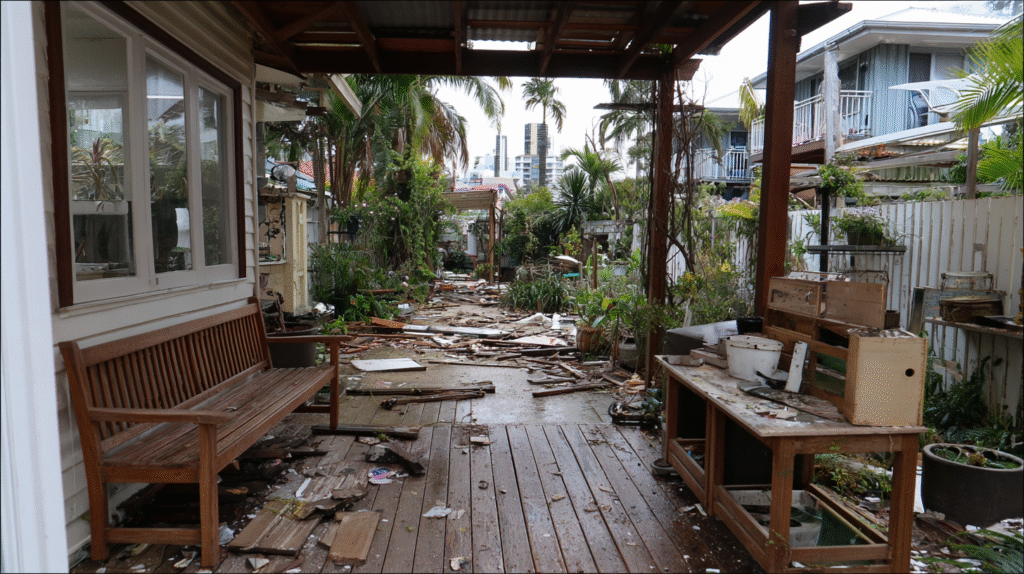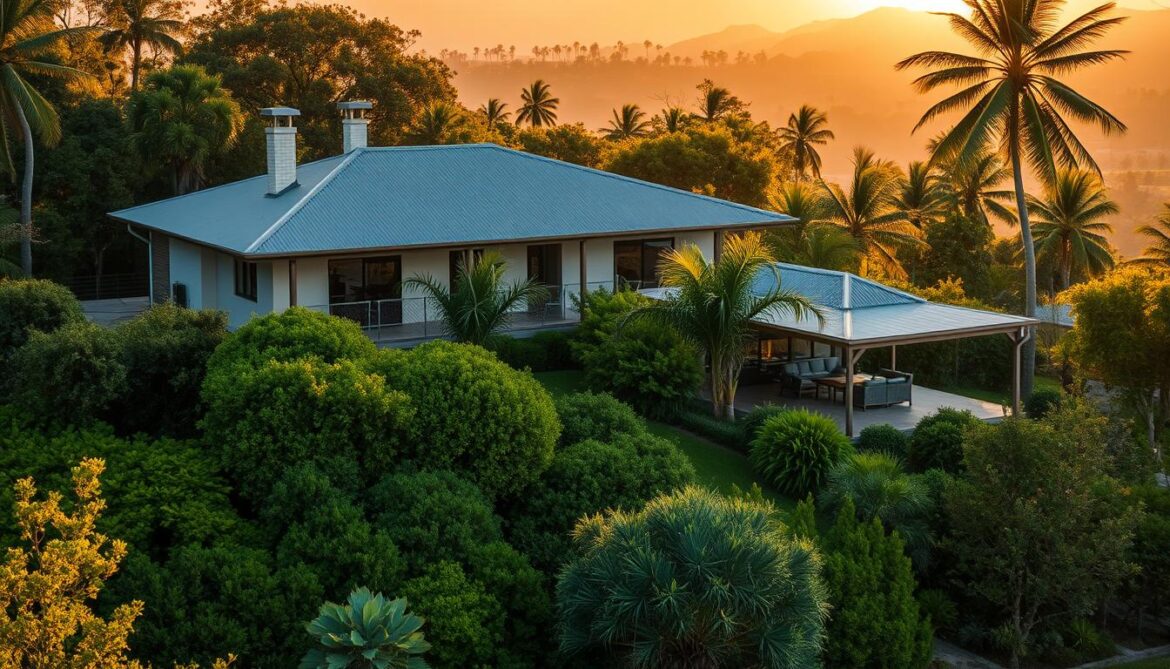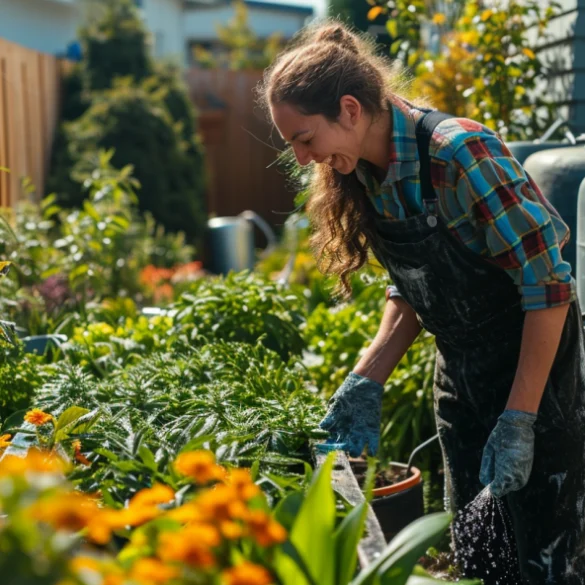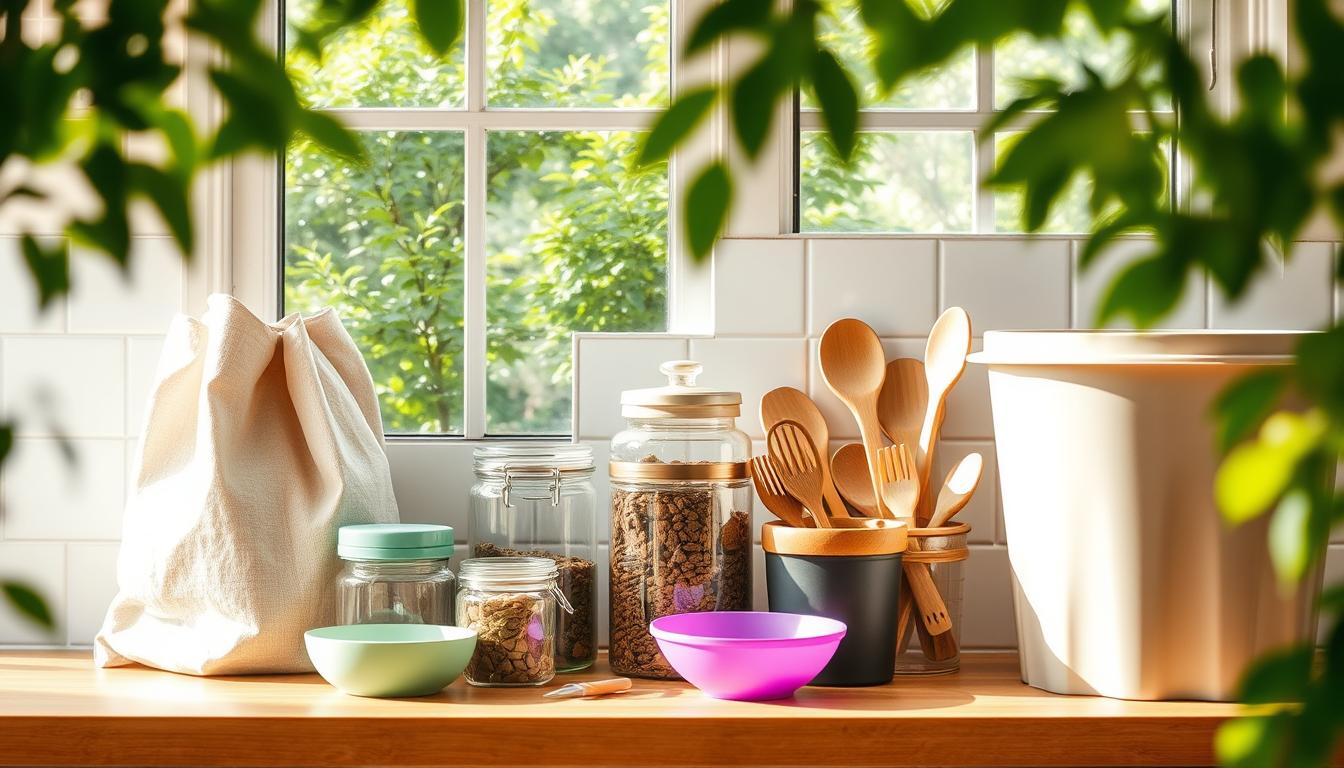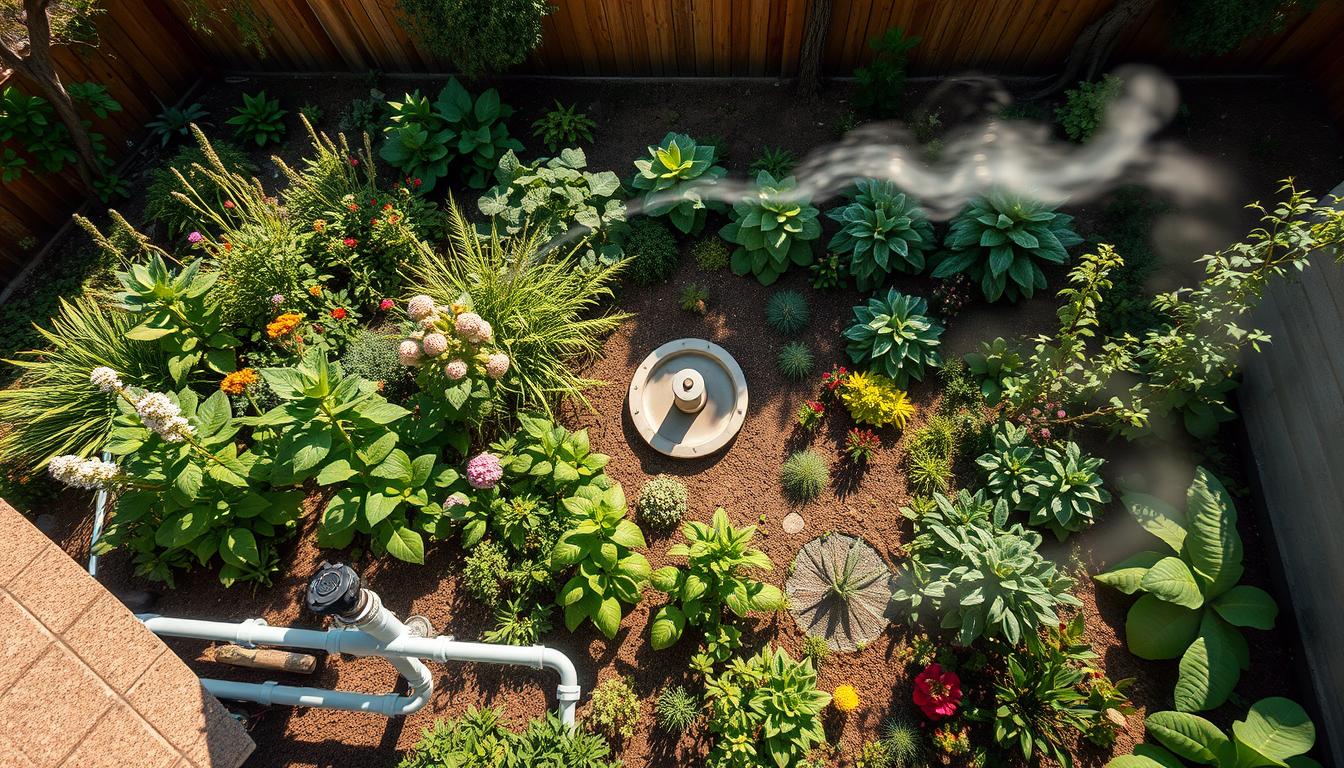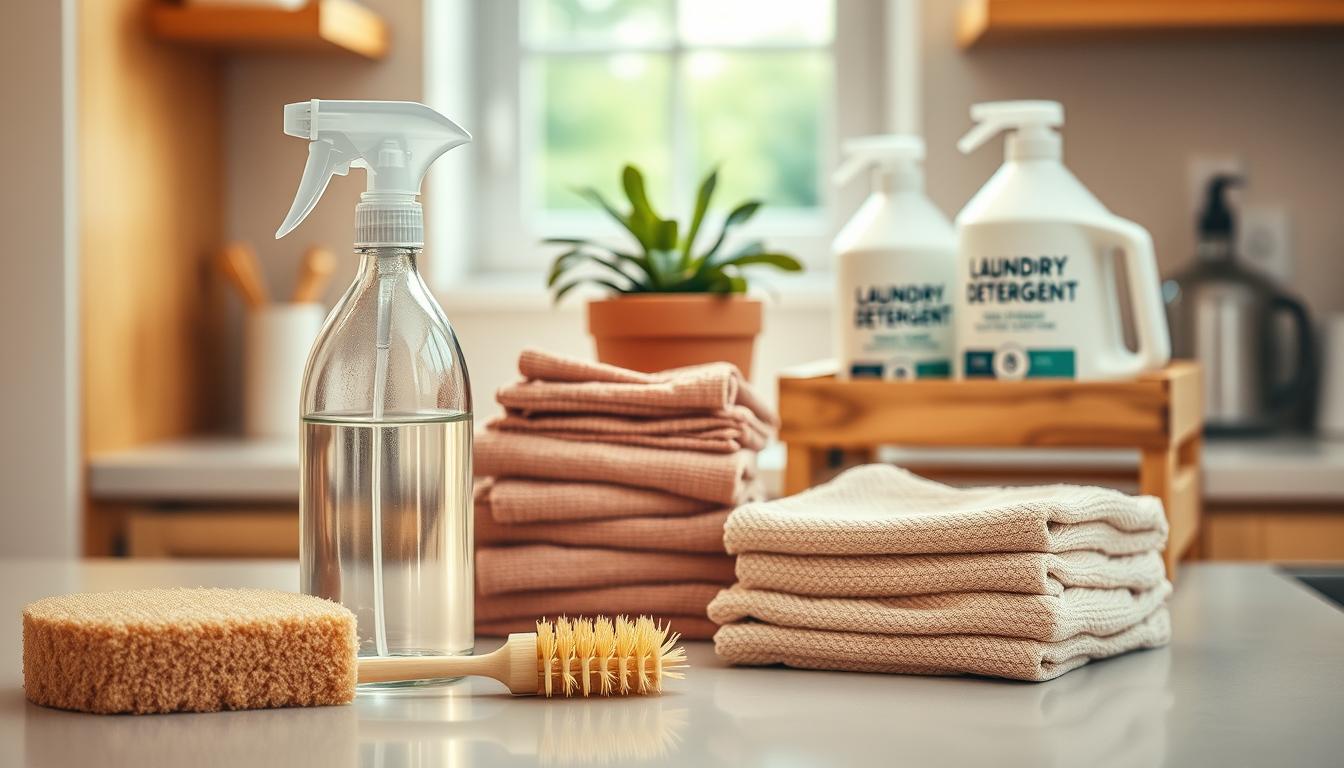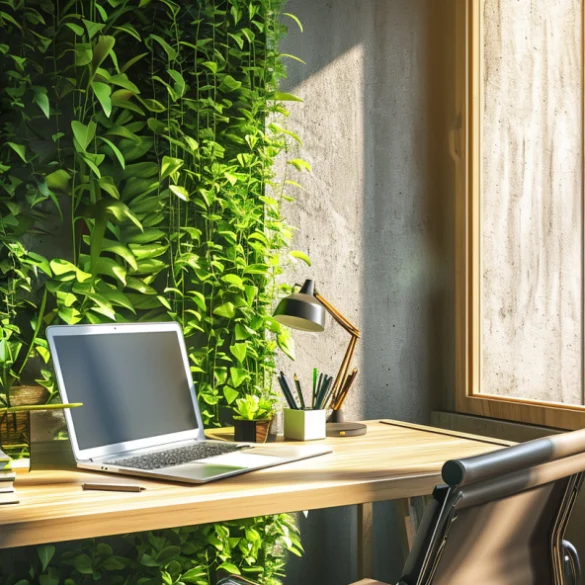A staggering $1.8 billion in insurance claims from extreme weather events hit Australia in 2025 alone. This eye-opening figure reveals why cyclone preparedness queensland homeowners can’t afford to ignore has become more critical than ever.
Your home is your biggest investment. Its time to Improve Cyclone Safety yet, many Aussie families are at risk of storm damage. With some flood-prone properties now facing $30,000 annual insurance premiums, making your home cyclone-resistant is both smart and safe.
The good news? You don’t need to spend a lot to fortify homes against cyclones. Smart cyclone mitigation strategies can greatly reduce your risk and might even lower your insurance costs.
This guide shows you how to protect your home without spending too much. You’ll learn about affordable ways to make your home safe. From designing your home to make it resilient to cost-effective changes, we’ll guide you through it all.
Table of Contents
Key Takeaways
- Insurance claims from extreme weather reached $1.8 billion in 2025, making prevention financially critical
- Some properties now face $30,000 annual insurance premiums, highlighting the need for proactive measures
- Cyclone-resistant modifications can reduce both damage risk and insurance costs
- Budget-friendly solutions exist for every homeowner, regardless of experience level
- Progressive implementation allows you to strengthen your home over time
- Proper preparation protects both your family’s safety and financial future
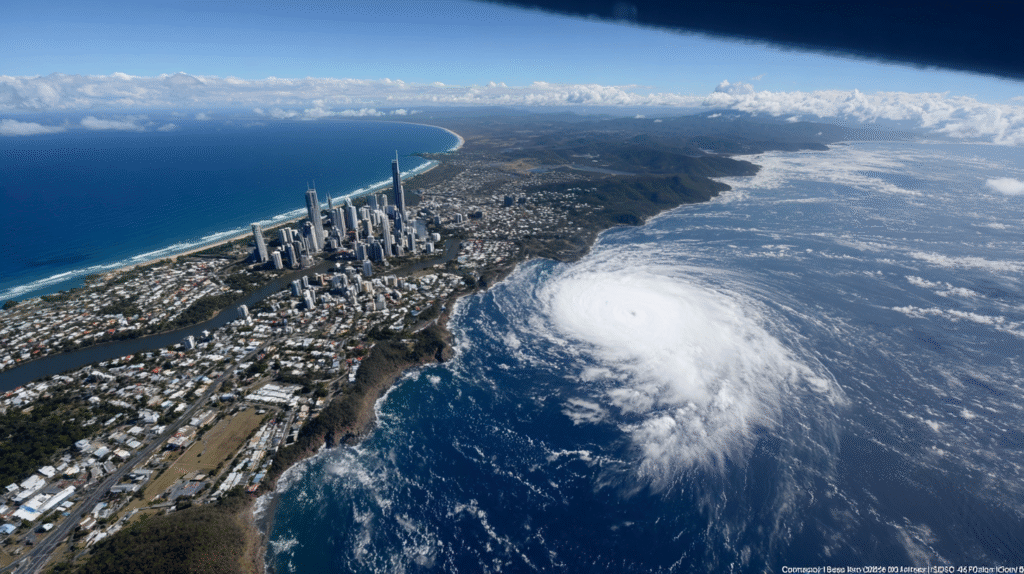
Tips to Improve Cyclone Safety for my House in Queensland?
Cyclone intensity is rising in Queensland, and insurance costs are going up by up to 300% in high-risk areas. Strengthening your home’s structure is essential for safety and saving money. Investing in cyclone-resistant construction can save thousands and even get you insurance discounts.
Your home’s weakest points during cyclone season are often overlooked. Garage doors, entry points, and structural connections need special attention to make your home strong. These improvements protect your family and your finances.
Good news: Most cyclone-proofing strategies are weekend projects that cost between $200-800. You’ll find practical solutions that protect your home while being sustainable. These use materials available in Queensland that meet building codes.
Strengthen Your Garage Door Against Cyclone Forces
Your garage door is the biggest opening in your home and the most vulnerable during cyclones. When garage doors fail, the pressure inside can cause roof failure and serious damage.
Standard garage doors can handle winds up to 90 km/h. But Queensland cyclones can reach over 200 km/h, creating huge pressure differences. This can cause your garage door to explode outward in the first 30 minutes of strong winds.
Reinforcement options include:
- Horizontal bracing systems – Install 2×4 timber braces across door panels ($150-300)
- Vertical support posts – Add removable centre posts for double-wide doors ($100-200)
- Hurricane clips and brackets – Secure tracks to structural framing ($50-150)
- Impact-resistant door upgrades – Replace with cyclone-rated doors ($2,000-4,000)
The most cost-effective way is to create a removable bracing system. You can make this using materials from the hardware store. This DIY project takes 4-6 hours and costs under $400.
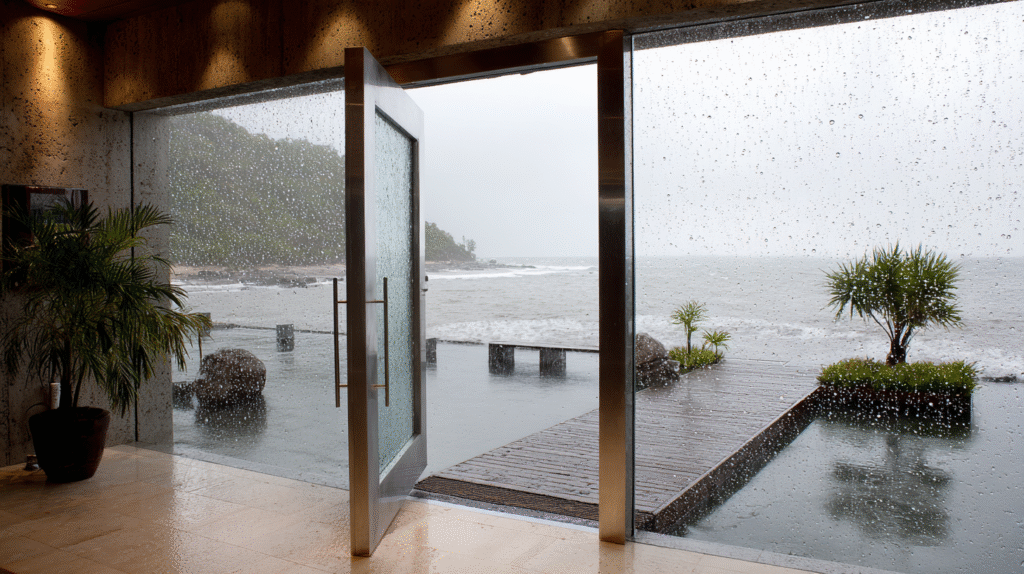
Upgrade Entry Doors for Maximum Cyclone Resistance to Improve Cyclone Safety
Entry doors must withstand wind pressure and flying debris. Standard hollow-core doors offer little protection. Solid timber or steel doors are much better for cyclone protection in Queensland.
Improvements focus on door material, frame attachment, and sealing. A well-upgraded entry door system can handle winds over 150 km/h while keeping your home energy-efficient all year.
Essential upgrades include:
- Solid core construction – Replace hollow doors with 44mm solid timber or steel-clad options
- Multi-point locking systems – Install locks that engage at three points along the frame
- Reinforced strike plates – Use 300mm strike plates with 75mm screws into structural framing
- Weather sealing upgrades – Install compression seals that maintain integrity under pressure
Professional installation costs $800-1,500 per door. DIY installation can save you $400-800. These upgrades often qualify for insurance discounts of 5-15%, making them a smart investment.
Secure Wall-to-Roof and Wall-to-Floor Connections
Your home’s structure depends on how walls connect to the roof and foundation. These connection points determine whether your house stays intact or becomes airborne debris during extreme winds.
Queensland’s building codes require specific connection standards. But older homes often lack the necessary securing systems. Hurricane clips for roof trusses and foundation anchoring systems provide the critical links that keep structures together.
Strengthening connections involves:
- Hurricane clips installation – Metal connectors linking roof trusses to wall plates ($3-8 per clip)
- Foundation anchor bolts – Secure wall plates to concrete foundations ($15-25 per bolt)
- Structural adhesive applications – Chemical anchoring systems for masonry walls ($50-100 per application)
- Tie-down strap systems – Continuous load paths from roof to foundation ($200-500 per system)
Professional structural assessment costs $300-600 and identifies vulnerabilities. Most connection improvements can be done in 2-3 weekends with standard tools and materials.
To reinforce roofing for cyclones effectively, start with the rafter-to-wall plate connections. These joints face the highest stress during wind events and often fail first.
Special Considerations for Stilt Homes
Stilt homes are common in Queensland’s coastal areas but face unique cyclone risks. Elevated structures experience higher wind speeds and additional stress from lateral forces that ground-level homes don’t face.
Your stilt home needs special attention to foundation anchoring, cross-bracing, and enclosed area protection. The space under stilt homes can create dangerous wind tunnels that increase structural stress during cyclones.
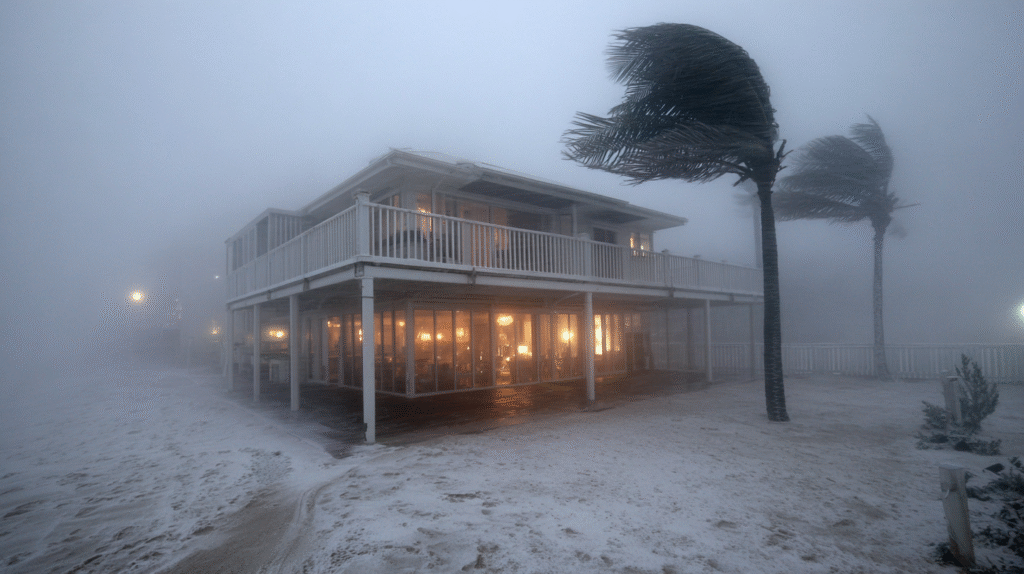
Critical inspection points include:
- Foundation post integrity – Check for concrete deterioration, steel corrosion, or timber rot
- Cross-bracing systems – Ensure diagonal supports connect all foundation posts
- Enclosed area protection – Install breakaway panels or permanent cyclone shutters queensland approved
- Utility line securing – Anchor all electrical, plumbing, and gas connections
To anchor foundations against cyclones in stilt homes, consider adding supplementary concrete footings or steel reinforcement systems. These improvements typically cost $2,000-5,000 but can prevent total structural failure.
Professional engineering assessment is key for stilt homes, as modifications must maintain structural balance while improving cyclone resistance. Most insurance companies now require engineering certification for significant stilt home modifications.
Remember, securing homes against cyclones in Queensland requires ongoing maintenance and seasonal preparation. Your investment in structural improvements pays off through lower insurance premiums, increased property value, and most importantly, family safety during Queensland’s challenging cyclone seasons.
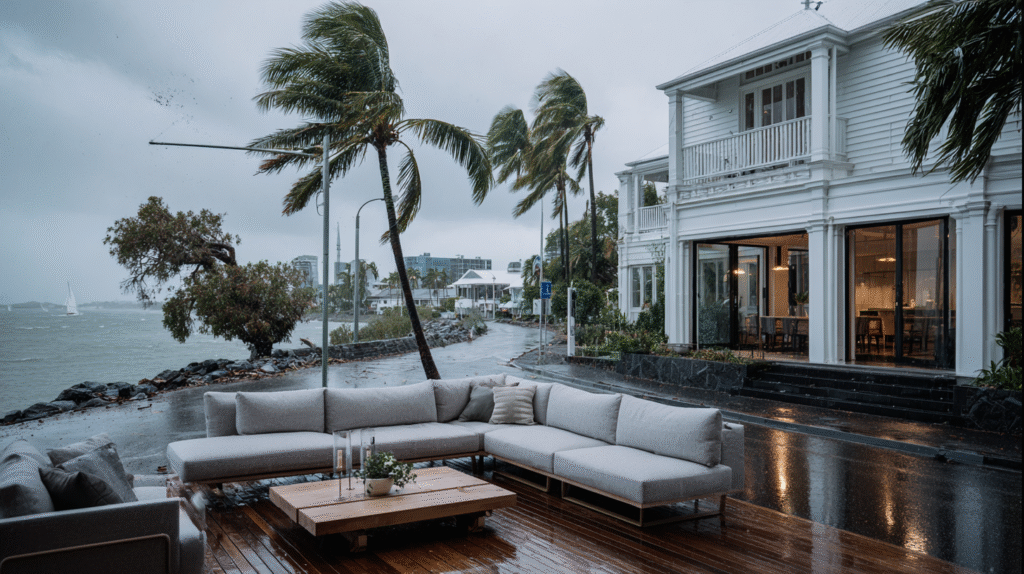
Tips to Cyclone proof my Garden in Queensland
Your outdoor spaces need the same care as your home when cyclone season comes. Debris in your garden can cause a lot of damage during storms. A smart approach to cyclone-proofing your garden can turn it into a valuable asset.
Are the things in my garden and yard really dangerous during cyclones?
At 150km/h winds, garden items become deadly. Loose pavers, stones, and pots can damage your property for thousands. Your garden ornaments can harm windows, vehicles, and nearby homes during bad weather.
What should I do with my outdoor furniture and trampoline before a cyclone?
Begin preparing 72 hours before the storm hits. Secure big items like trampolines and outdoor sets. At 48 hours, take down loose items like cushions and umbrellas. Store them in your garage or shed. Trampolines should be taken apart or weighted down.
Are there good and bad types of trees to have near my house?
Choose native trees like Bottlebrush and Grevillea for your garden. They bend in strong winds. Avoid trees like Jacaranda with shallow roots near your home. Palm trees are good because their trunks rarely break.
What everyday items can turn into dangerous missiles during a cyclone?
Garden tools, watering cans, and toys can become dangerous. Make a list of items to store, like BBQ covers and outdoor rugs. This simple step can save you thousands and help protect your home from cyclones.
